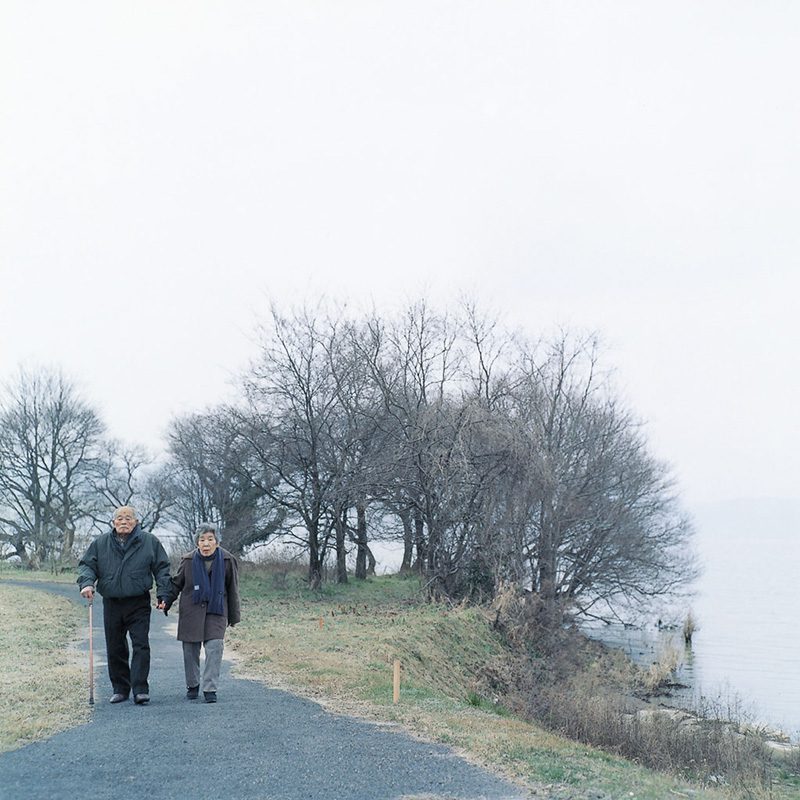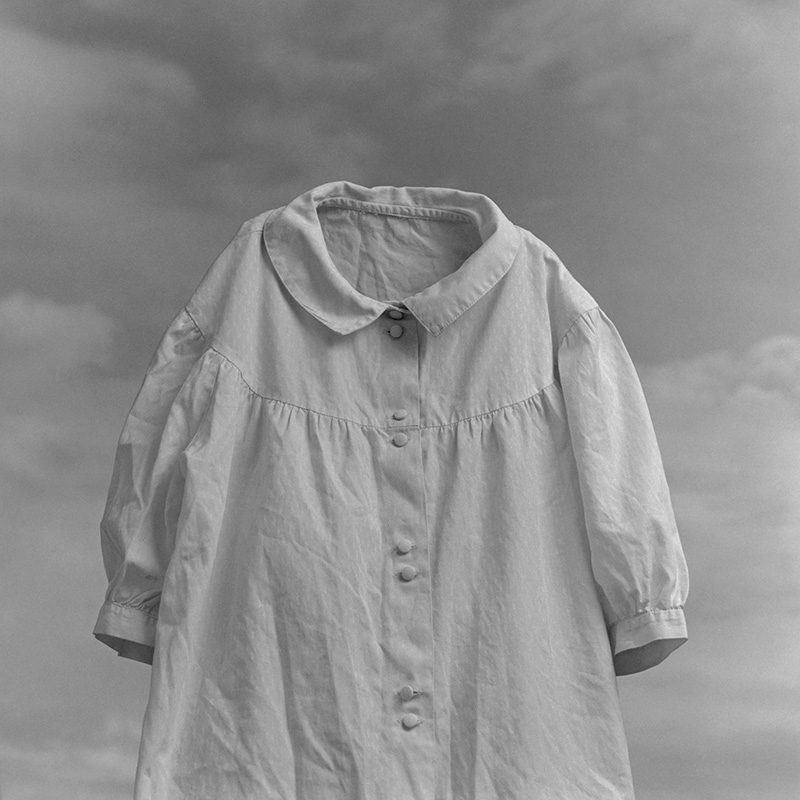PHOTO:Contemporary Japanese Photography
 Japanese photography is historically dominated by men, but beginning in the ‘90s, a number of young female photographers garnered attention by making provocative self-portraits and intimate images of domestic scenes. Challenging the status quo of the male-dominated photography community, their work prompted the controversial and reductive term onnanoko shashin, or “girl photographs”.
Japanese photography is historically dominated by men, but beginning in the ‘90s, a number of young female photographers garnered attention by making provocative self-portraits and intimate images of domestic scenes. Challenging the status quo of the male-dominated photography community, their work prompted the controversial and reductive term onnanoko shashin, or “girl photographs”.
By Dimitris Lempesis
Photo: J. Paul Getty Museum Archive
The exhibition “The Younger Generation: Contemporary Japanese Photography” at the J. Paul Getty Museum, showcases the versatile and complex work of five midcareer Japanese-born artists who emerged in the wake of “girl photography”.These photographers are: Kawauchi Rinko, she first appeared on the international scene in 2001, simultaneously releasing three photography books: “Utatane”, “Hanabi”, “Kanako”. Kawauchi’s photographs give commonplace subjects an ethereal filtration, exposing the secrets of the banal. Her photographs have been described as “visual haikus”. Like haikus, they take note of a simple beauty in an uncluttered, non-metaphorical manner. It makes sense, therefore, that she composes haikus to accompany many of her photographs. Onodera Yuki: her experimental work does not fit within schemas of “photography”, often poses two questions “What is photography?” and “What can be done through it?” She uses any possible method to realize her works, whether this means taking photographs with a marble inside her camera, or creating a story out of a legend and traveling to the ends of the earth to shoot it.Onodera is known for making two-meter-high prints in the darkroom, painting on her photographs, and for other original hands-on methods. Otsuka Chino: uses photography and video to explore the fluid relationship between the memory, time and photography. At age 10 she moved from Japan to the United Kingdom to attend school. Her experience of becoming familiar with a new place, a different language and new customs while she was developing her adolescent identity has profoundly shaped her work in photography, video and writing. Sawada Tomoko: in her photo works, she shows us shifting aspects of her personality. By disguising herself as multiple women of Japanese society, she is playing with social norms and gender roles without judgment but simply imitating them with humour. Finaly Shiga Lieko: her photographs are characterised by their intense colour saturation, heavy use of flash and uncanny, dreamlike tone. She deliberately transgresses the conventions of documentary photography, blurring the boundaries between reality and representation, and drawing on local myths and personal accounts. Mavericks in their field, these women continue in the tradition of such pioneers as Ishiuchi Miyako, whose work appears in the companion exhibition “Ishiuchi Miyako: Postwar Shadows”.
Info: Curator: Amanda Maddox, J. Paul Getty Museum, 1200 Getty Center Drive, Los Angeles, Duration: 6/10/15-21/2/16, Days & Hours: Tue-Fri & Sun 10:00-17:00, Sat 10:00-21:00, www.getty.edu








